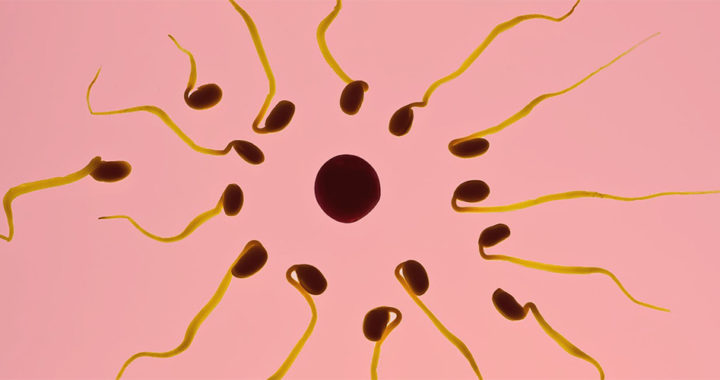The host-parasite coevolution theory suggests that sex and sexual reproduction have evolved in part as a defense against parasites. It also suggests that the continued maintenance of sex and sexual reproduction is an adaptive response needed to develop resistance against parasites.
Basis on Red Queen Hypothesis
It is important to note that the host-parasite coevolution theory is a derivative of the Red Queen hypothesis first introduced by Leigh Van Valen in 1973 to explain the Law of Extinction. The hypothesis claims that a pair of prey and predator or a host and parasite are locked in a genetic arms race. Each needs to reproduce sexually so that the combination might produce an advantage in attack or defense.
With regard to the host-parasite coevolution of sexual reproduction, the Red Queen hypothesis explains that an asexual organism produces a clone or another organism with the exact genetic makeup. This exact genetic replica makes the succeeding clones vulnerable to similar parasites. The population of asexual organisms also becomes vulnerable to extinction caused by parasites.
Offsprings of a sexual organism are genetically unique nonetheless. Some of these offsprings can develop adaptations that make them more resilient against parasites. This means that a parasite cannot easily wipe the entire population and future generations of the sexual organism.
Host-Parasite Coevolution Studies
A review of literature by W. D. Hamilton, R. Axelrod, and R. Tanese also concluded that the predictions of host-parasite coevolution theory appropriately match the known ecology of sex. Parasite coevolution also appears to be superior compared to previous sexual reproduction evolution models because it supports the stability of sex under challenging conditions such as low fecundity, genotype fitness and changing environment, and frequent mutation to parthenogenesis.
Several studies have tested the Red Queen hypothesis and the host-parasite coevolution theory. Researchers J. Jokela, M. F. Dybdahl, and C. M. Lively studied Potamopyrgus antipodarum—a snail common in freshwater lakes of New Zealand—for 10 years starting in 1994. They chose this species because it has sexual and asexual versions. Their goal was to observe the long-term dynamics and parasite coevolution in a population consisting of sexual and asexual species.
Results of the observations revealed that the clones of asexual snails that were plentiful in the beginning became more susceptible to parasites over time. The increasing rate of parasite infections dramatically drove the population of asexual snails. On the other hand, the population of sexual snails remained more stable over time.
The researchers explained the Red Queen hypothesis postulates that high infection rates in the common asexual clones could periodically favor the genetically diverse sexual individuals and promote the short‐term coexistence of sexual and asexual populations.
Another study by Levi T. Morran et al. mimicked a host-parasite coevolutionary system in a controlled environment using the microscopic roundworm C. elegans as a host and the bacteria Serratia marcescens as a parasite. Doing so required genetically manipulating the mating system of C. elegans to produce three groups that could reproduce sexually, through self-fertilization or a mixture of both.
The researchers exposed each group of C. elegans to the S. marcescens parasite to effectively recreate a host-parasite environment and gauge the reproductive and adaptive outcomes. Results revealed that the self-fertilizing group rapidly became extinct while the sexually reproducing group had a population that kept pace with their parasites. The results were consistent with the Red Queen hypothesis. They also illustrate how the C. elegans was in a genetic arms race with the S. marcescens.
FURTHER READINGS AND REFERENCES
- Hamilton, W. D., Axelrod, R., and Tanese, R. 1990. “Sexual Reproduction an Adaptation to Resist Parasites: A Review.” Proceedings of the National Academy of Sciences. 87(9): 3566-3573. Available online
- Jokela, J., Dybdahl, M. F., and Lively, C. M. 2009. “The Maintenance of Sex, Clonal Dynamics, and Host‐Parasite Coevolution in a Mixed Population of Sexual and Asexual Snails.” The American Naturalist. 174(S1): S43-S53. DOI: 1086/599080
- Morran, L. T., Schmidt, O. G., Gelarden, I. A., Parrish, R. C., and Lively, C. M. 2011. “Running with the Red Queen: Host-Parasite Coevolution Selects for Biparental Sex.” Science. 333(6039): 216-218. DOI: 1126/science.1206360
- Van Valen, L. 1973. “A New Evolutionary Law.” Evolutionary Theory. 1: 1-30. Available via PDF

